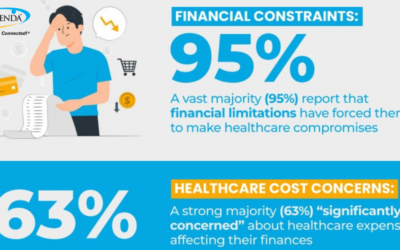As the global population ages, government officials around the world are striving to devise new policies that can ease the burden on medical and eldercare professionals while accommodating the needs of the post-retirement populace. In previous posts, we've touched upon how telecare innovations are revolutionizing eldercare in the United States, particularly as a means to facilitate aging in place.
This week, a Scottish official elaborated on a government initiative that prioritizes independent living aided by technological advancements.
"Helping older people to remain active and independent is good for older people and for the public purse," wrote Anne Hendry, clinical lead of the "Reshaping Care for Older People" program, in a recent piece for the Guardian, a U.K. newspaper. "The aim is an ambitious shift towards care at home and in community settings, supported by greater investment in preventative and coordinated care and the use of technology to empower greater choice and control."
Why is independent living so attractive?
For many elderly individuals, one of the most daunting aspects of growing older is losing their independence and, concurrently, their privacy. As much as they may appreciate the work of loved ones and caregivers, the concept of having to be cared for can be a difficult idea to accept. However, eldercare that focuses on independent living can help these individuals feel more in control while still providing a sense of security for care recipients and their loved ones.
How can telecare facilitate independent living?
Establishing an infrastructure that enables a larger portion of the population to age in place boasts several benefits. With the widespread adoption of telecare services such as remote monitoring and medical reminders, for example, older individuals who don't yet require continual care can still benefit from increased support.
In addition, introducing these tools when minimal attention is required can help identify changes in behavior or need-level that may signify physical or cognitive decline at an early stage.
According to the source, eldercare technology has helped enable 80 percent of Scots involved with the program to remain in their homes. With that in mind, it's clear that older Americans – among whom aging in place is a widely held preference – stand to benefit from the increased adoption of this technology.
Why Independa?
Independa's eldercare offerings have been expressly designed to promote a new kind of independence for today's elderly community, allowing care recipients to take on a more active role in their treatment while easing the burden on care managers and caregivers. To learn more about how our best-of-breed eldercare technology can supplement your services, contact us through our online form today.




